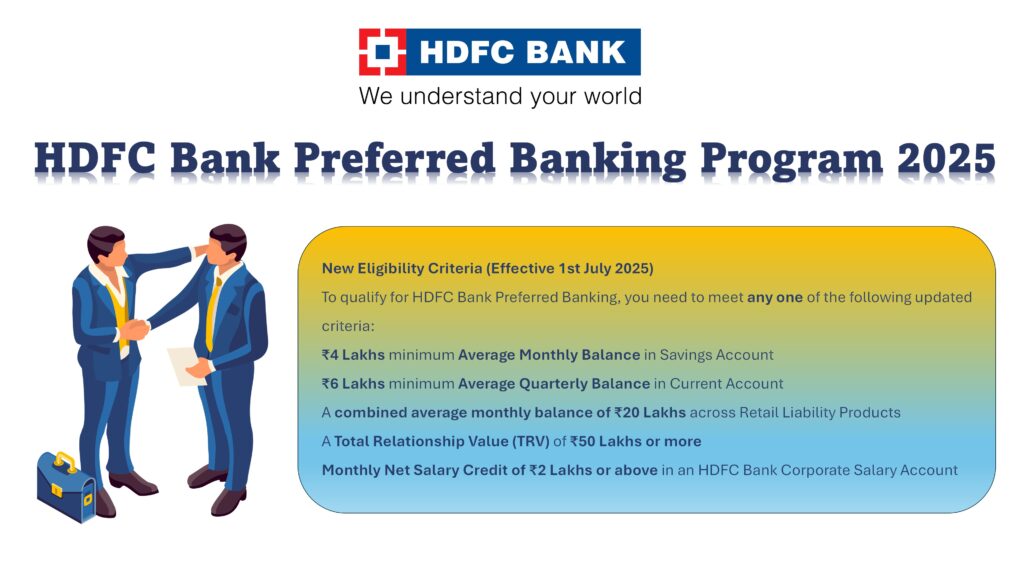Introduction
When purchasing a property through a home loan, borrowers often encounter the concept of pre-EMI (Equated Monthly Installment) payments. Pre-EMI is the interest amount paid by the borrower to the lender on the disbursed loan amount before the full EMI payments begin. This article explores the impact of pre-EMI on home loans, including pre-EMI calculations, pre-EMI applicability in under-construction properties, tax rules in India related to pre-EMI prepayments, a comparison between pre-EMI and full EMI, and the duration of the pre-EMI phase.
Pre-EMI Calculations
Pre-EMI calculations are crucial in understanding how this payment affects the borrower’s finances. During the pre-EMI phase, the borrower pays only the interest on the disbursed loan amount, while the principal remains untouched. The formula for pre-EMI calculation is:
Pre-EMI = (Loan Amount * Interest Rate * Number of Months) / 12
Pre-EMI is generally paid monthly until the full EMI begins. This phase can last until the completion of the property or until the borrower decides to start paying full EMIs.
Pre-EMI Applicability in Under-Construction Property
Pre-EMI is especially relevant in under-construction property purchases. In such cases, the loan disbursal occurs in stages, linked to the construction progress. As each stage is completed, the lender disburses a partial loan amount to the developer, and the borrower starts paying pre-EMI on the disbursed amount.
The advantage of pre-EMI in under-construction properties is that it allows borrowers to manage their finances during the construction phase. However, it’s essential to remember that pre-EMI payments do not contribute to principal repayment, and the borrower’s outstanding loan amount remains the same until full EMI payments begin.
Tax Rules in India for Pre-EMI Prepayments
One of the significant concerns for borrowers is the tax treatment of pre-EMI payments. Under the Income Tax Act, 1961, borrowers can claim tax benefits only on the principal and interest components of the full EMI, not on pre-EMI payments.
Tax benefits on the principal component can be claimed under Section 80C, while interest benefits are available under Section 24(b) up to a maximum of Rs. 2 lakh per financial year for self-occupied properties. Pre-EMI payments do not fall under these tax deduction provisions, and borrowers can claim tax benefits only after the full EMI begins.
Pre-EMI vs. Full EMI
Choosing between pre-EMI and full EMI depends on the borrower’s financial situation, preferences, and the status of the property. Let’s examine the key differences between pre-EMI and full EMI:
a. Monthly Outflow: Pre-EMI involves lower monthly payments, as it only includes the interest component on the disbursed amount. Full EMI, on the other hand, includes both principal and interest, resulting in higher monthly outflows.
b. Impact on Principal: Pre-EMI does not contribute to reducing the principal amount, while full EMI starts reducing the outstanding loan balance from the first installment.
c. Accumulated Interest: Opting for pre-EMI payments can lead to a higher accumulated interest over time since the principal remains unchanged until full EMI starts. In contrast, full EMI payments lead to faster principal reduction and lower overall interest costs.
d. Repayment Tenure: Pre-EMI payments extend the total loan tenure since the principal repayment begins later. Full EMI payments reduce the overall tenure and allow borrowers to repay the loan faster.
e. Cash Flow Management: Pre-EMI is suitable for borrowers with constrained cash flow during the construction phase, while full EMI is more appropriate for those who can comfortably manage higher monthly payments.
Duration of Pre-EMI
The duration of the pre-EMI phase depends on the construction progress of the property and the terms of the loan agreement. In under-construction properties, the pre-EMI phase typically lasts until the construction is complete, and the property is ready for possession. At this point, the full EMI payments begin, including both principal and interest components.
The duration of the pre-EMI phase can vary from a few months to a few years, depending on the pace of construction and the specific project’s completion timeline.
Impact on Debt-to-Income Ratio
A significant consideration for borrowers is the impact of pre-EMI on their debt-to-income ratio (DTI). The DTI ratio measures a borrower’s debt obligations relative to their income. During the pre-EMI phase, as borrowers are paying only the interest component, their DTI ratio remains lower compared to the full EMI phase.
A lower DTI ratio can be beneficial for borrowers seeking additional credit during the construction phase or for those concerned about their overall debt burden. However, it’s essential to consider the potential increase in the DTI ratio once full EMI payments begin and plan finances accordingly.
Conclusion
Pre-EMI is a crucial aspect of home loans, especially in the context of under-construction properties. While it provides borrowers with flexibility and reduced initial cash outflow, it also comes with certain implications such as delayed principal repayment, a higher accumulated interest, and the exclusion of tax benefits until the full EMI phase begins. Borrowers should carefully assess their financial situation, property status, and long-term goals before opting for pre-EMI or full EMI payments. Understanding the impact of pre-EMI can help borrowers make informed decisions and manage their finances effectively during the home loan journey.
